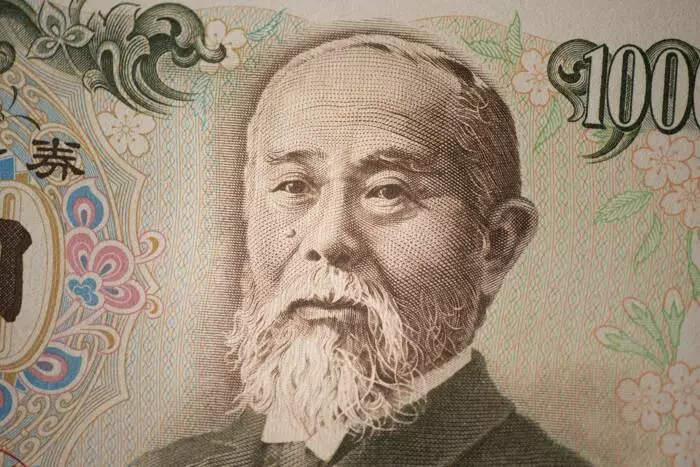The currency market is a complex web of interwoven economic indicators, monetary policies, and market sentiments. In this intricate environment, few currency pairs attract as much attention as USD/JPY. The dynamics between the U.S. dollar and the Japanese yen hinge on several economic data points and the Bank of Japan’s (BoJ) monetary policy stance. Recent trends indicate that fluctuations in household spending and industrial production in Japan could serve as catalysts for notable shifts in the USD/JPY exchange rate.
A bullish scenario for the yen appears increasingly plausible as Japan witnesses an uptick in private consumption. Coupled with a tightening labor market, these factors could propel the USD/JPY downward, aiming for the March 11 low of 146.537. Yet, should speculation surrounding the BoJ tilt towards a hawkish outlook, the yen could see additional strength. With average wages rising at their fastest pace in over three decades, there is a compelling argument for the BoJ to reconsider its stance on interest rates, potentially leading to unexpected currency gains.
The Bearish Headwinds for the Yen
However, the situation is not without its bearish risks. As signs of a sluggish private sector emerge, particularly if consumer spending falters amidst a looser labor market, one cannot help but sense the potential for a USD/JPY surge towards the recent high of 151.208. Factors such as dovish commentary from the BoJ could amplify these bearish trends, undermining the yen’s strength.
This duality presents market participants with a binary choice: either brace for a bullish yen scenario or prepare for a bearish outlook that may not only test currency boundaries but also challenge traders’ resolve. The uncertainty cloaking Japan’s job market will likely warrant vigilance; any softening in labor indicators could reignite expectations for rate cuts aimed at stimulating the economy. This dynamic could disproportionately favor the U.S. dollar, given current market conditions and sentiments.
U.S. Economic Indicators and Their Influence on USD/JPY
The U.S. economy generates additional layers of complexity in shaping the USD/JPY exchange rate. Will labor data and wage growth continue to paint a robust picture, or will early signs of a cooling market hint at a more dovish Federal Reserve approach? March’s ISM Services PMI report, serving as a critical barometer of economic momentum, may provide key insights into this interplay. Economists predict a slight dip in the PMI, which, if realized, could bring to light existing vulnerabilities within the economy—potentially diminishing demand for the dollar.
In sharp contrast, a stronger PMI reading could embolden market players, delaying any prospective Fed rate cuts while driving the USD/JPY pair higher toward resistance levels. Here, the significance of outside influences, such as geopolitical tensions and tariff disputes, cannot be overlooked. The repercussions of former President Trump’s tariff policies continue to loom like a specter over the currency landscape, potentially influencing both consumption and broader economic growth.
Monetary Policy’s Role in Currency Valorization
Central banks are ultimately the arbiters of market sentiment and currency strength. The BoJ’s policy decisions, especially in the context of U.S. economic movements, can either magnify or dampen the yen’s position against the dollar. Should Japan’s economic indicators point towards a tightening cycle underpinned by increasing wage growth, one could expect around noon whispers of more aggressive BoJ policies, potentially boosting the yen.
Conversely, a dovish tone could trigger a rallying dollar, particularly if it coincides with unfavorable economic indicators out of the U.S. As the dollar and yen have intricately tied fates due to global interdependence, any unexpected twists in trade relations will also have significant ramifications on USD/JPY trends.
In assessing the outlook for this pivotal currency pair, technical analysis reveals an ongoing struggle beneath critical moving averages, indicating potential downward momentum ahead. A failure to breach the 50-day moving average could cement a bearish sentiment, while a decisive break could unfurl an upward trajectory toward the more resistant 200-day average. Thus, traders find themselves at the crossroads of economic analysis, technical proficiency, and geopolitical awareness, each playing a pivotal role in shaping the path forward for the USD/JPY exchange rate.

